The Milford Track is considered one of the best walking experiences in the world.
“Absolutely stunning! If you only ever do one trek in your life, make sure you do the Milford Track. It is absolutely stunning every step of the way. Make sure your camera is fully charged as there are postcard moments almost every five seconds. I had a sore neck from looking up every five seconds and going “wow, wow , wow” Reviewed March 2017 TripAdvisor.
I have written about other famous walking tracks in New Zealand in a previous blog, but I’m dedicating this entire blog to the dramatic and spectacular Milford Track.
The iconic Milford Track snakes its way for 53 km through the heart of Fiordland National Park. Covering an area of 12,000 square kilometres, this is the greatest national park in New Zealand and one of the largest national parks in the world. Way back in 1891, English writer Rudyard Kipling undertook a month’s visit to the young colony of New Zealand. On seeing Fiordland, he declared it the eighth wonder of the world.
CLOSE TO NATURE
Native bird life is only one of the attractions to thrill hikers on the track. The world’s most intelligent bird, the Kea, an alpine parrot only found in New Zealand, likes to see what’s going on and will make numerous appearances on the track, along with weka, tiny little bush robins and even Kiwis if you’re lucky! The glorious call of a bellbird provides an almost spiritual experience. Apart from the breathtaking mountain panoramas there are also tranquil lakes with crystal clear water, silent fiord and dramatic sheer cliffs to marvel at. This is a part of the world with a high rainfall and as a result, numerous waterfalls cascade down the mountain sides to add even more impact to the Milford Track experience.
 “Most beautiful trail I have hiked in my 25 years of hiking”
“Most beautiful trail I have hiked in my 25 years of hiking”
Reviewed March 2017 TripAdvisor
Four day hike. Day one is easy but days two, three and four are much longer. Everywhere you look is a picture. It’s beyond description.
TRACK HISTORY
As early as the 1880s, the authorities saw the tourist potential of the spectacular south western corner of the South Island of New Zealand. In 1887, the Otago Survey Department commissioned Scottish born explorer Quintin McKinnon to find a track from Lake Te Anau into Milford Sound and the following year, he was the first European to trod the now famous track. It had been used by Maoris 800 years before the arrival of the European settlers as a route for transporting greenstone (jade) from the west coast for use as tools and jewellery in their tribal villages on the habitable eastern side of the island. Greenstone is now protected by the local Maori tribe and it is illegal to remove it without their permission as it is still prized as a valuable gift of nature.
TE ANAU
The Milford Track connects Lake Te Anau with Milford Sound. The tourist town of Te Anau is recognised as the gateway to Fiordland and is located on the shores of Lake Te Anau which is the largest lake in the South Island. Apart from the beautiful mountain scenery, the main attraction around this lake is the enchanting Te Anau Glowworm Caves. The caves weren’t discovered until 1948 after two brothers, inspired by a Maori legend about sparkling caves beside the lake, spent three years searching for them. Visitors journey by small boat through the cave system lined with millions of twinkling lights generated in the tails of tiny glow worms that are unique to this part of the world. The sound of rushing water in the darkness adds to the rather surreal feeling of these living caves. I found the short trek from the boat that carried me across the lake from Te Anau through thick native bush to the caves, an adventure in itself. It created an excited anticipation as I approached the dark entrance. It was like being in a ‘Middle Earth’ adventure.
MILFORD SOUND
In 2008, the Travelers’ Choice Destination Award sponsored by TripAdvisor, voted Milford Sound the world’s top travel destination. The most famous landmark is stunning Mitre Peak which rises dramatically 1,692m (5,551ft) from the dark waters of Milford Sound. It is New Zealand’s best know natural landmark. Numerous towering waterfalls thunder into the sound itself offering more breathtaking photo opportunities for the one million visitors who pass through Milford Sound every year, making it the country’s most popular attraction.
ON THE MILFORD TRACK
The Sunderland Falls which spectacularly drop 580 metres, as well as the world famous views from McKinnon Pass, are two of the many unforgettable highlights of the Milford Track. I have seen the falls and the view from McKinnon Pass and can honestly say they are breathtaking. The shear majesty of the scenery is difficult to describe. It really is a matter of seeing it for yourself to truly appreciate how dramatic and awe inspiring it is.
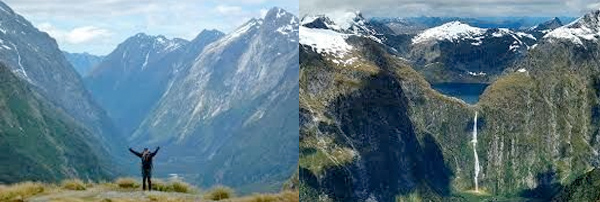 McKinnon Pass Lookout and Sunderland Falls
McKinnon Pass Lookout and Sunderland Falls
The walk takes 4 days so trampers must experience 3 nights on the track. There are 7 shelters provided for use when the unpredictable weather turns sour and protection from the elements is necessary. Three privately owned huts, as well as another three supplied by the Department of Conservation, offer bunks, cooking facilities and heating. Part of the attraction for hikers is the communal living these huts offer as it’s a great way to ‘muck in’ with your fellow tramper and get to know them in a way that’s impossible to do in everyday life in the city.
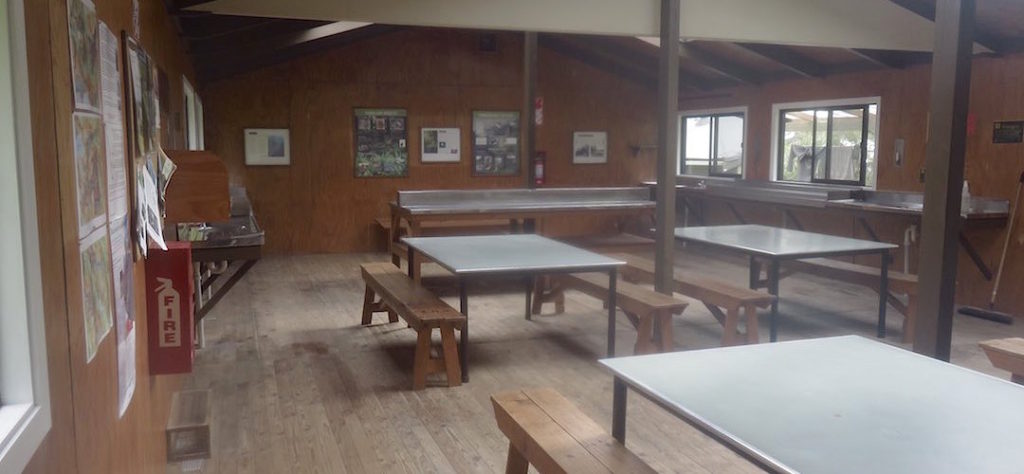 Clinton Hut on the Milford Track
Clinton Hut on the Milford Track
BUSY SEASON
From late October to late April, the Milford Track is crowded with trampers from across the globe. To maintain some order, movement across the track is highly regulated. Walkers must complete the track in four days, travelling only northwards. With the one-way ticket system and limited hut capacities, trampers need to keep moving even during bad weather. Helicopters are often called in to fly walkers over flooded parts of the track to keep them moving.
Camping is prohibited on the trail. Walkers can tramp the track independently, or as part of a more expensive guided walk with a guide company. A maximum of 90 walkers can start the trail per day (40 Independent, and 50 Guided). Usually these 90 places are booked out for many months in advance, despite the high cost of the guided walks.
WINTER DANGERS
Over the winter months, the track is still open but unregulated. Hikers can move in either direction but they are advised about the many dangers the weather presents along the track. These include flooding, avalanches, and blizzards. Signs can be buried in snow and bridges can be washed away. Facilities are not supplied in the huts and rescue can be difficult because of the weather. In other words, it’s not a good idea to attempt the Milford Track between may and September.
“Not a surprise they call it the greatest walk in the world. Weather was tough at points, legs and back got tired but this should be a bucket list item for everyone. Stunning views the whole way. Would love to go back.” Reviewed July 2016 TripAdvisor
Check out this 2 minute Department of Conservation promotional video to give you an idea of the setting and attractions that have made the Milford Track the ‘greatest walk in the world”.
https://www.youtube.com/watch?v=NZalbatbY5s
Ceidrik Heward
Please leave a comment
Ceidrik Heward is an Amazon TOP SELLING AUTHOR and has lived and worked in 7 countries working as a TV cameraman, director and film tutor. For the past 17 years he has focused on writing and has been published in magazines and newspapers in Europe, USA, Asia and the Middle East.
His interests include photography, psychology and metaphysics. He loves to read and always has at least 3 books on the go. He has written 22 manuals/books and has just completed his 4th short novel. Ceidrik believes sharing information and stories is the best way to stimulate the imagination and enrich our lives.

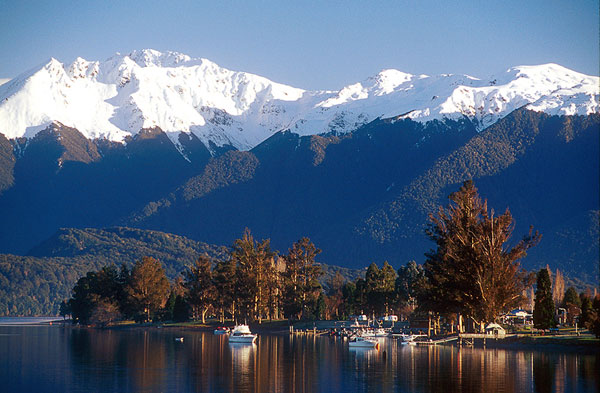
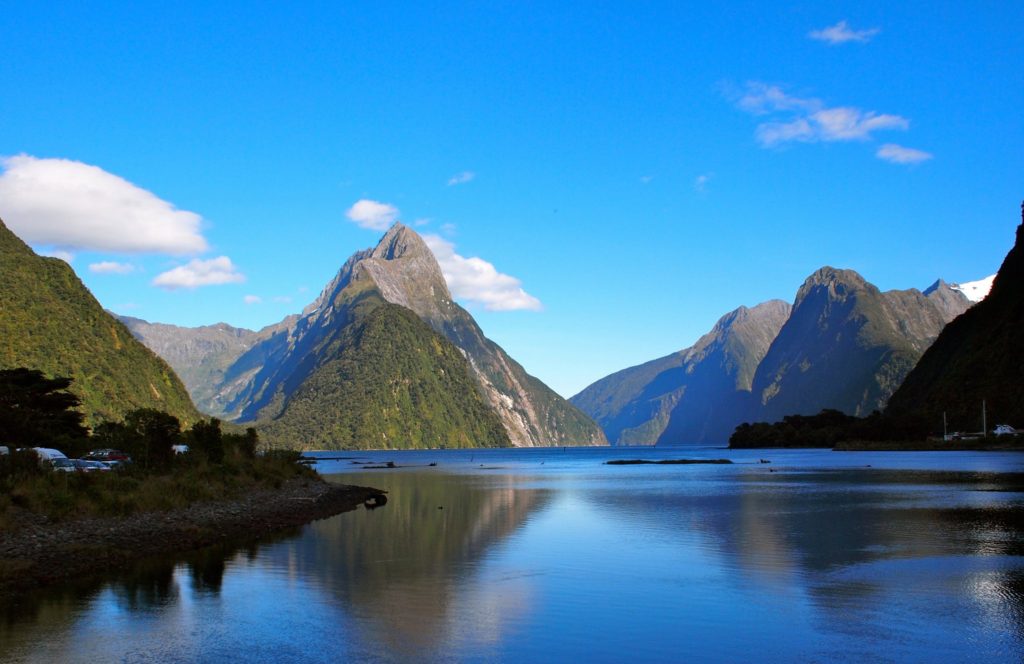
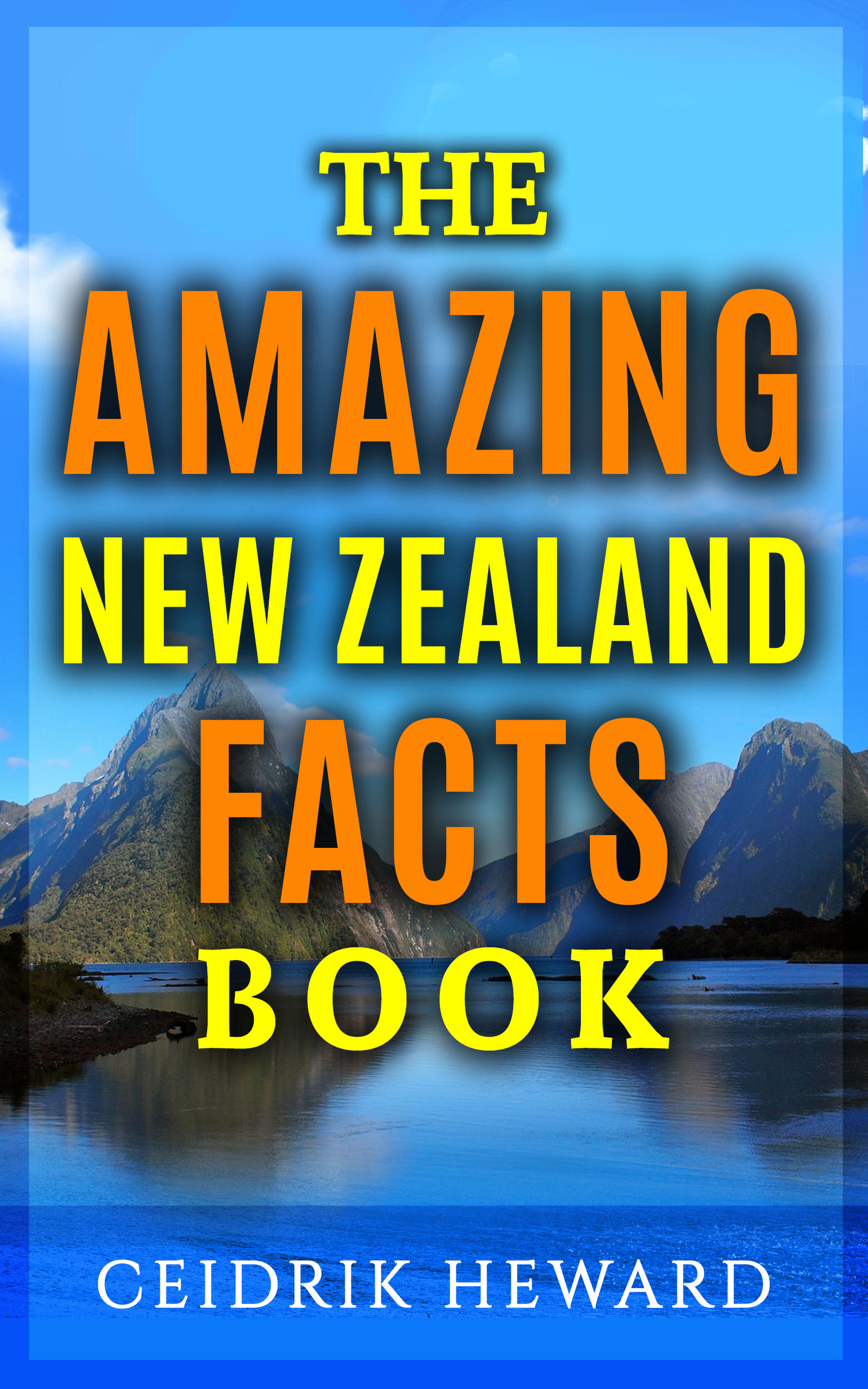
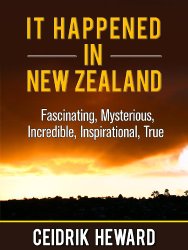
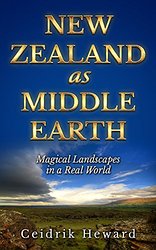
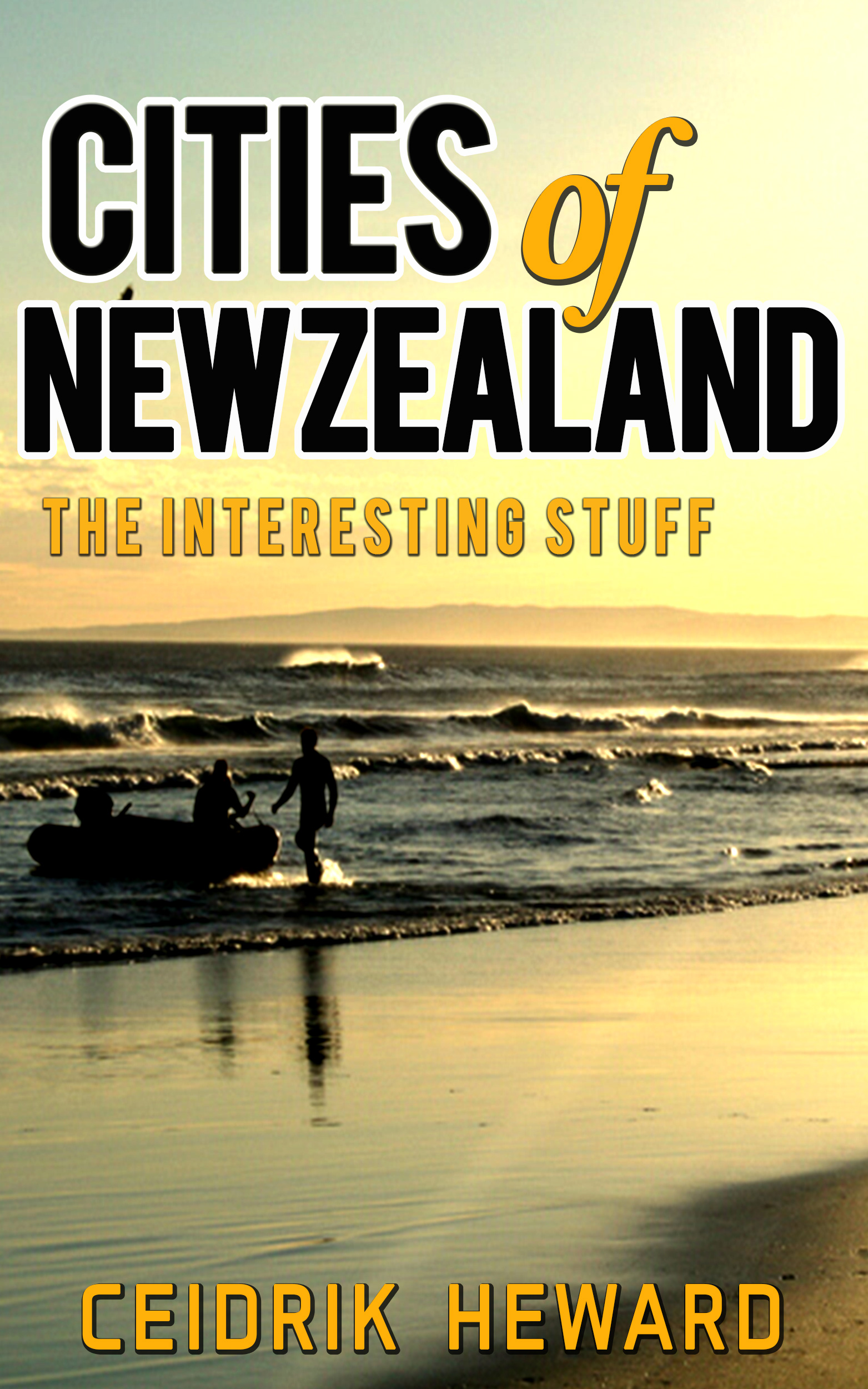
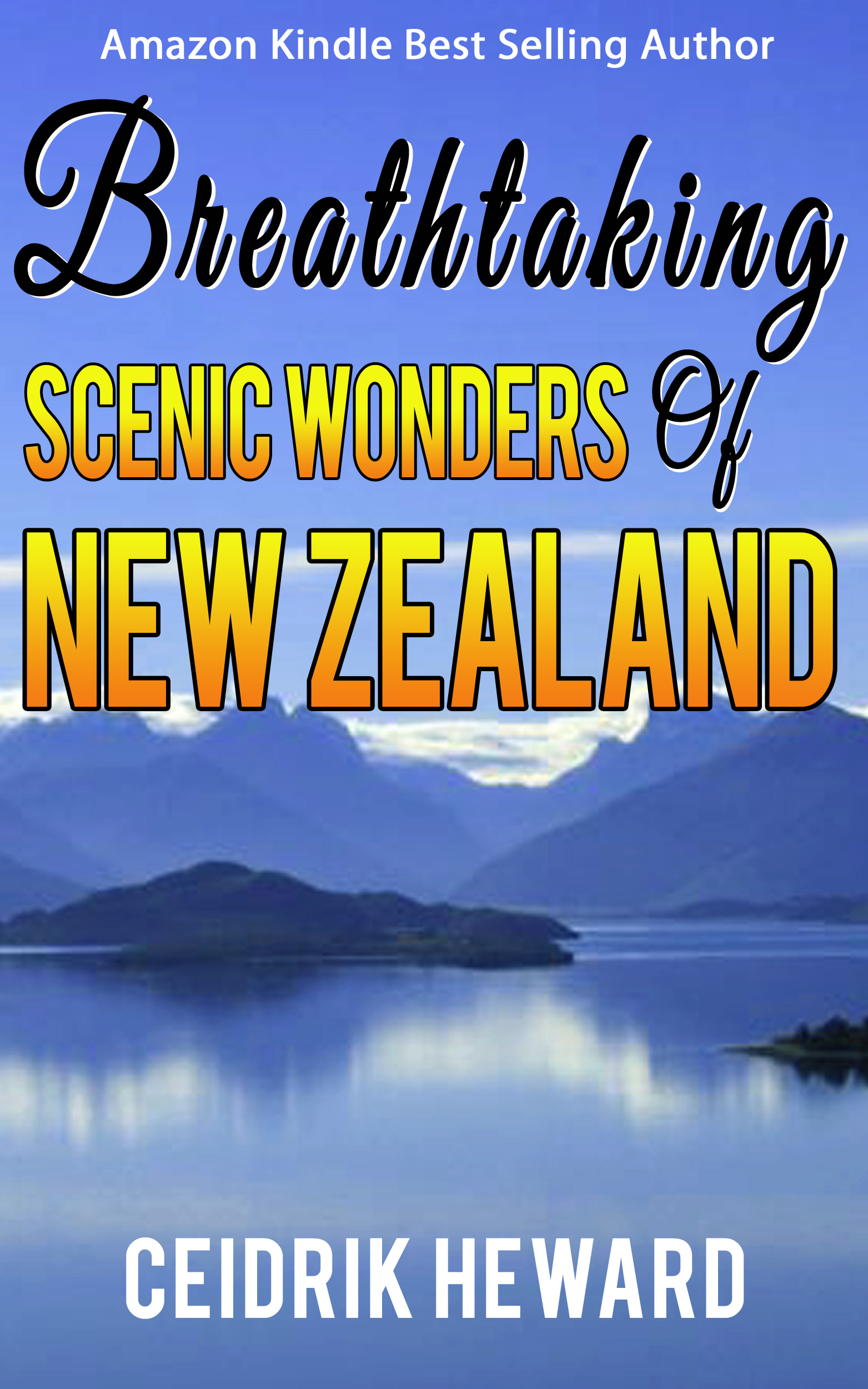
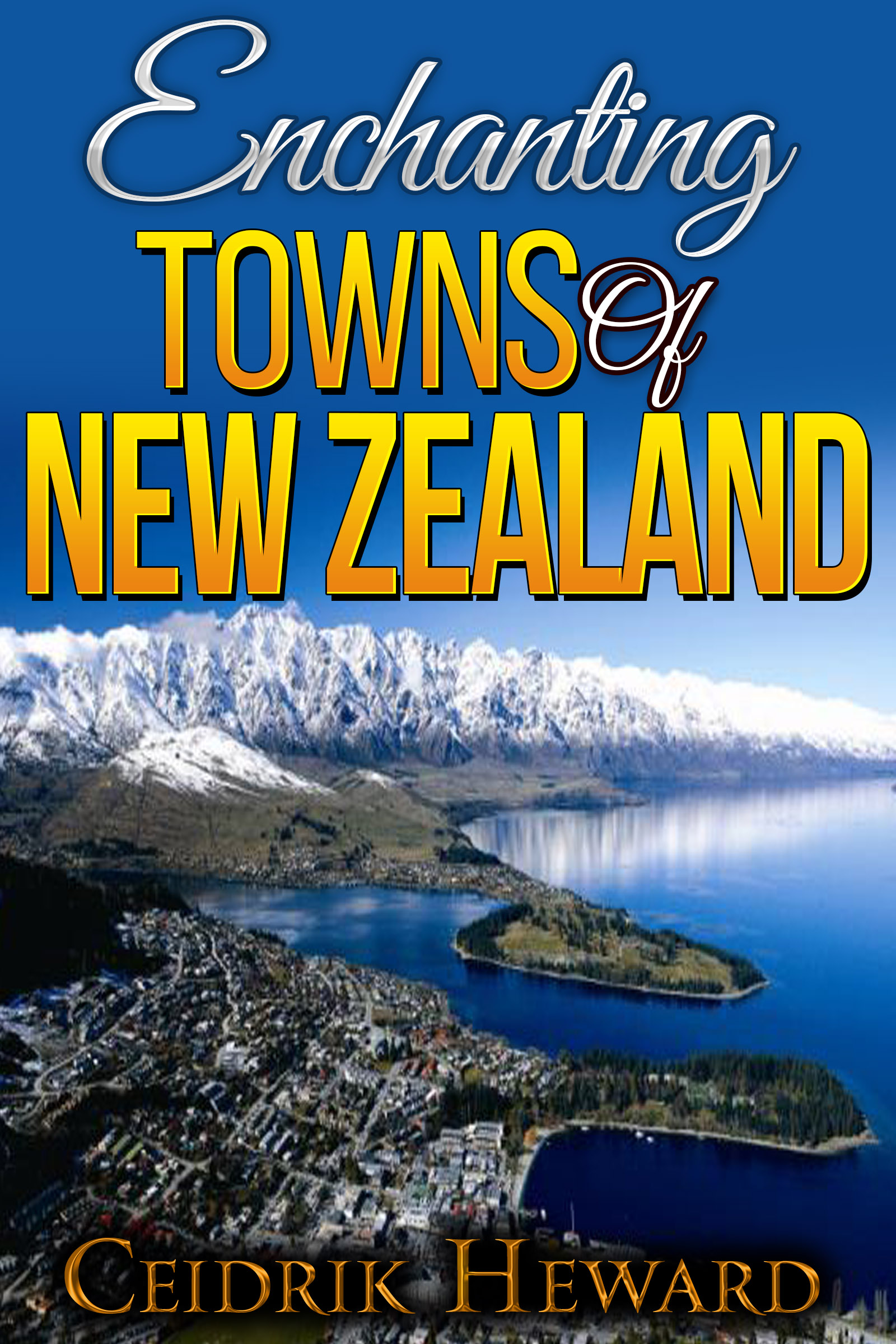
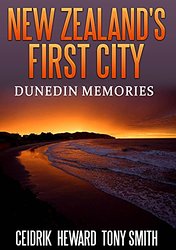

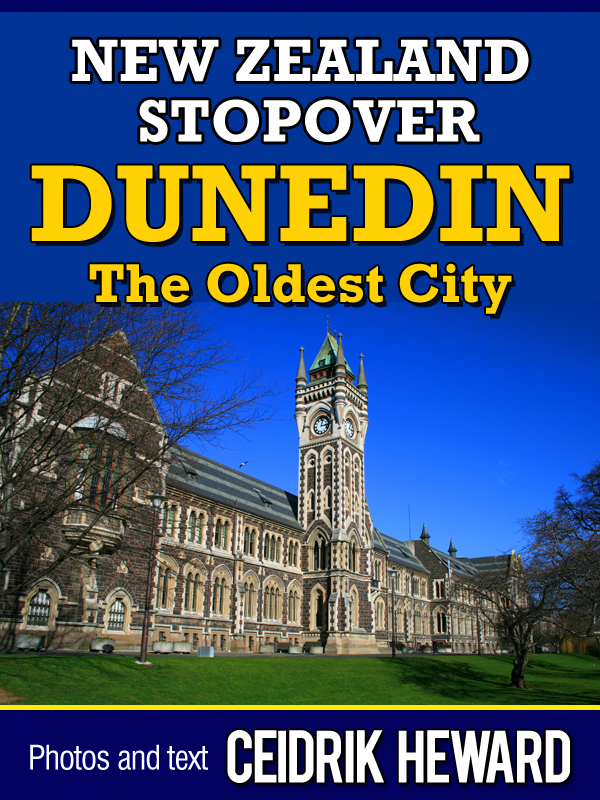










 Visit Today : 503
Visit Today : 503 Total Visit : 1133169
Total Visit : 1133169
Speak Your Mind